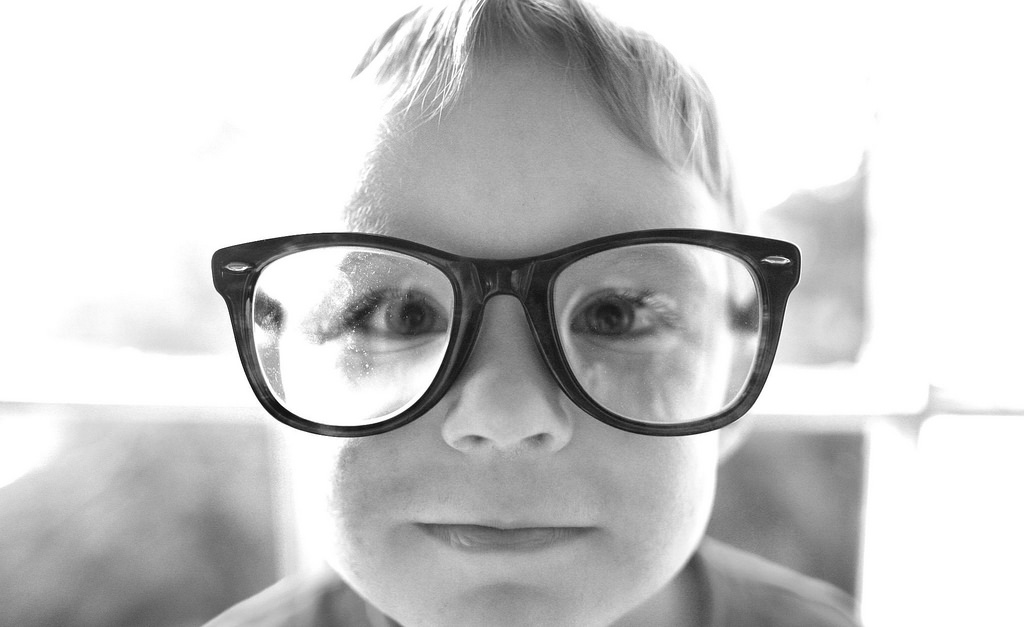Each new generation seems to spend more and more of their youth indoors, whether they are studying, playing video games, or scrolling through social media. Perhaps as a result, myopia, or nearsightedness, has become extremely common among children. In fact, in certain East Asian countries where academic success is highly valued, up to 90% of young adults are myopic.
While the causes of myopia are not entirely clear, researchers believe that excessive reading and insufficient exposure to sunlight increase children’s risk of myopia. Both of these risk factors can lead to elongation of the eyeball, causing images to focus in front of the retina rather than on it. This translates to the blurry vision myopes experience when trying to look at faraway objects.
In hopes of combating the myopia epidemic, researchers have tested many “myopia control” treatments that may slow the progression of nearsightedness (i.e., prevent it from becoming worse). One treatment that has shown promise over years of trials is atropine eye drops.
Image Source: Hitoshi Nishimura
Atropine has long been known to slow myopia progression. Researchers are not entirely sure how atropine works, but they believe that somehow, the drug prevents eye elongation, thereby controlling myopia.
However, many eye care practitioners are hesitant to prescribe atropine due to its side effects. Atropine dilates the pupils and consequently, patients may experience increased sensitivity to light. Atropine may also blur patients’ near vision since it hinders the eye’s ability to focus on close-by objects.
Image Source: Guido Mieth
Some patients may not find these side effects too bothersome, especially since they can be alleviated by wearing light-adaptive, progressive lenses. However, there is another issue with atropine known as the “rebound” phenomenon. After a patient stops using atropine drops, their myopia starts progressing quite quickly, as if it is “catching up” after having been slowed by the atropine treatment.
Despite atropine’s shortcomings, researchers are not giving up on it as a potential solution to the myopia epidemic. In a recent study involving 400 myopic children in Singapore, Dr. Donald Tan and his team found that using 0.01% atropine eye drops (as opposed to the traditional 1%) still led to an amazing 50% reduction in myopia progression, while greatly minimizing atropine’s side effects and eliminating the “rebound” phenomenon.
Though not yet widely available, 0.01% atropine is considered a safe new tool to fight the myopia epidemic. This is crucial not only because it gives children clearer vision, but also because it lowers their risk for serious eye problems such as retinal detachment and glaucoma later in life.
Feature Image Source: Glasses by Thomas Hawk










